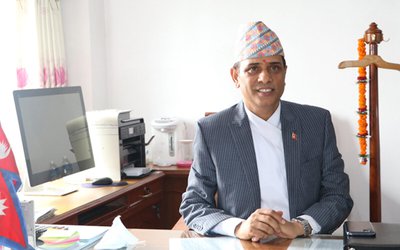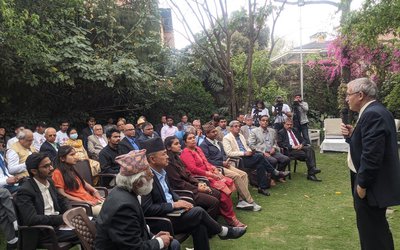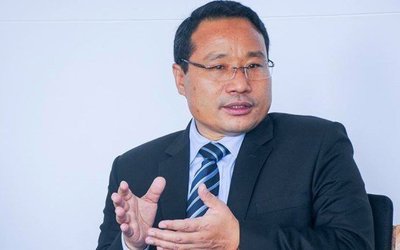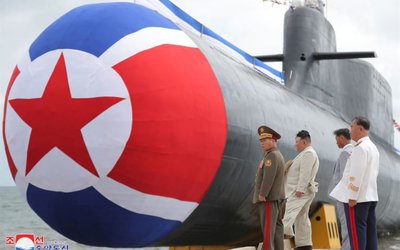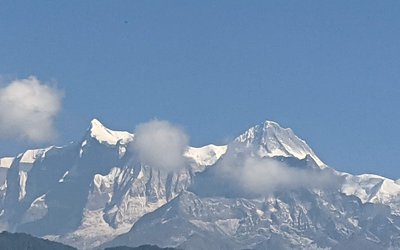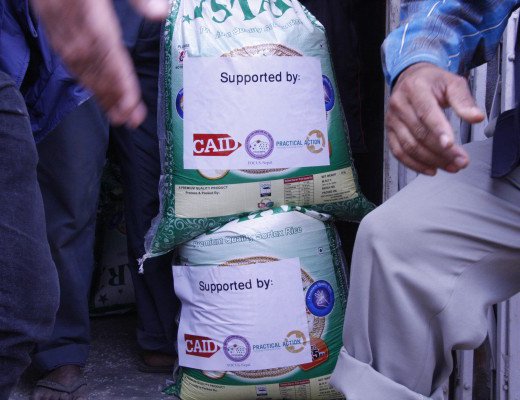
Despite more than hundred years of starting hydropower, Nepal's electricity supplied by the central grid is yet to reach 25 percent of the population. Similarly, the energy supplied off-grid or through alternative sources has drastically changed the livelihood in rural Nepal. The reality has not changed much as over 80 percent of Nepalese population still relies on traditional energy sources and those who do not have energy access are poor and marginalized community.
For Renu Chaudhari,15, a resident of Kawasoti of Nawalparashi, the connection of electricity to the central grid was a reason to rejoice. Her happiness did not last even a couple of days as Chaudhari's dream shattered when Nepal Electricity Authority announced power-cut for up to 16 hours during the winter.
As the price of electricity is over Rs.8 (10 cents) per unit, Chaudhary's family, whose monthly income is Rs.4000.00 ( US$45), cannot afford electricity for cooking, water pumping and other such household purposes. They still rely on traditional ways.
"Light is life. But, the regular interruption in power supply has created a lot of problems. It is also too expensive for poor people like us," said Chaudhari. “Until there is certainty over the supply and it is affordable, it cannot bring changes in the families."
According to Practical Action, from lighting the streets and homes, to using power for water pumping, cooking, and basic processing and communications, energy enables people to live better lives. It also transforms health-care provision – enabling vaccines to be refrigerated, implements to be sterilized and diagnostic equipment to be powered.
"Access to energy for the poor does not mean just to light the lamp through various energy sources. Access to energy consists of uninterrupted and quality supply of energy which can bring tangible change in education, livelihood and health sector," said Vishwa Bhushan Amatya, head of Program –Energy of Practical Action. " We are still energy poor if we see the energy supply in the country. "
Whether in urban or rural areas, Nepal's current scenario is that people are using low quality energy or inadequate energy to make differences. Even the alternative and clean energy sources supply small proportion of energy.
According to the Three Years Interim Plan, the number of LPG users, electricity users and alternative energy users has drastically gone up. The current Interim Plan is expecting to cover over 70 percent households. The question remains whether the energy supplied by the present state is adequate, clean or affordable?
"Our aim is to increase the access of energy, particularly the electricity, to all. We are yet to think about the quality," said Purushottam Ghimire, spokesperson of National Planning Commission. "Our target is to cover large areas."
According to Practical Action, Generating international attention and action on energy for community services is vital in order to address the fact that an estimated one billion people are served by health facilities and more than 50% of children in the developing world go to primary schools without any access to electricity.
The concept of Total Energy Access is central to the PPEO 2013. This is Practical Action’s approach to achieving universal energy access and it requires an understanding of who has access to energy across households, businesses and in the community, and how that energy is used.
"Our concept of total energy access is different. We want uninterrupted, clean and quality energy which is economically affordable to all the people particularly poor," said Min Bikram Malla, project manager, Practical Action.
The PPEO 2013 provides improved indicators that can be used to measure an individual country’s progress. The third edition of the PPEO series focuses on energy for community services. This report builds on our evidence base and our call for Total Energy Access by focusing on vital community services. It places the spotlight on the contribution that improved energy access can make to health, education and infrastructure services such as water and street lighting.
Energy is fundamental to poverty reduction, sustainable development, and the achievement of the Millennium Development Goals. It must be given careful consideration in the follow-up to the outcomes of Rio+20 and as the post-2015 global development agenda is defined.
Expanding sustainable and affordable energy access for all is an overarching priority for UNDP. Poor people’s energy outlook 2013 is a welcome contribution to discussions about energy access. It addresses the core challenges of achieving inclusive development and overcoming unequal access to energy services. As with earlier editions of the report, Poor people’s energy outlook 2013 encourages us to consider energy access in different ways – ways that help chart a path out of poverty to greater prosperity.
Practical Action champions a Total Energy Access approach, defined as when: Households, enterprises and community services have sufficient access to the full range of energy supplies and services that are required to support human social and economic development.
Practical Action argues that Ensuring accessible, affordable and clean energy access is critical for delivering adequate health services. It needs to be considered alongside investments in infrastructure, as well as staff, equipment, and medicines. People cannot, for example, receive adequate health care if the lack of energy supply means the facility they visit has no electric lighting, refrigeration, or sterilization equipment, and is not able to attract skilled staff.
Practical Action's studies have shown that energy reduces opportunity costs, drudgery and wasted effort." It plays a transformative role in increasing the effectiveness and quality of the following community services: health care: hospitals, clinics, and health posts; education: schools and training centers; public institutions: government offices, police stations, and religious buildings; infrastructure services: water and street lighting. It is estimated that 1 billion people are served by health facilities without electricity. Community services need energy. Energy is an enabler. It improves the quality of existing services and paves the way for new services to be made accessible to poor people," said Practical Action's Energy Outlook
- TANAHU HYDROPOWER PROEJCT: A Significant Achievement
- Apr 15, 2024
- AMBASSADOR HANAN GODAR: Sharing Pain With A Nepali Family
- Mar 30, 2024
- VISIT OF KfW AND EIB TO NEPAL : Mission Matters
- Mar 25, 2024
- NEPAL BRITAIN SOCIETY: Pratima Pande's Leadership
- Mar 24, 2024
- NEPAL ARMY DAY: Time To Recall Glory
- Mar 15, 2024


